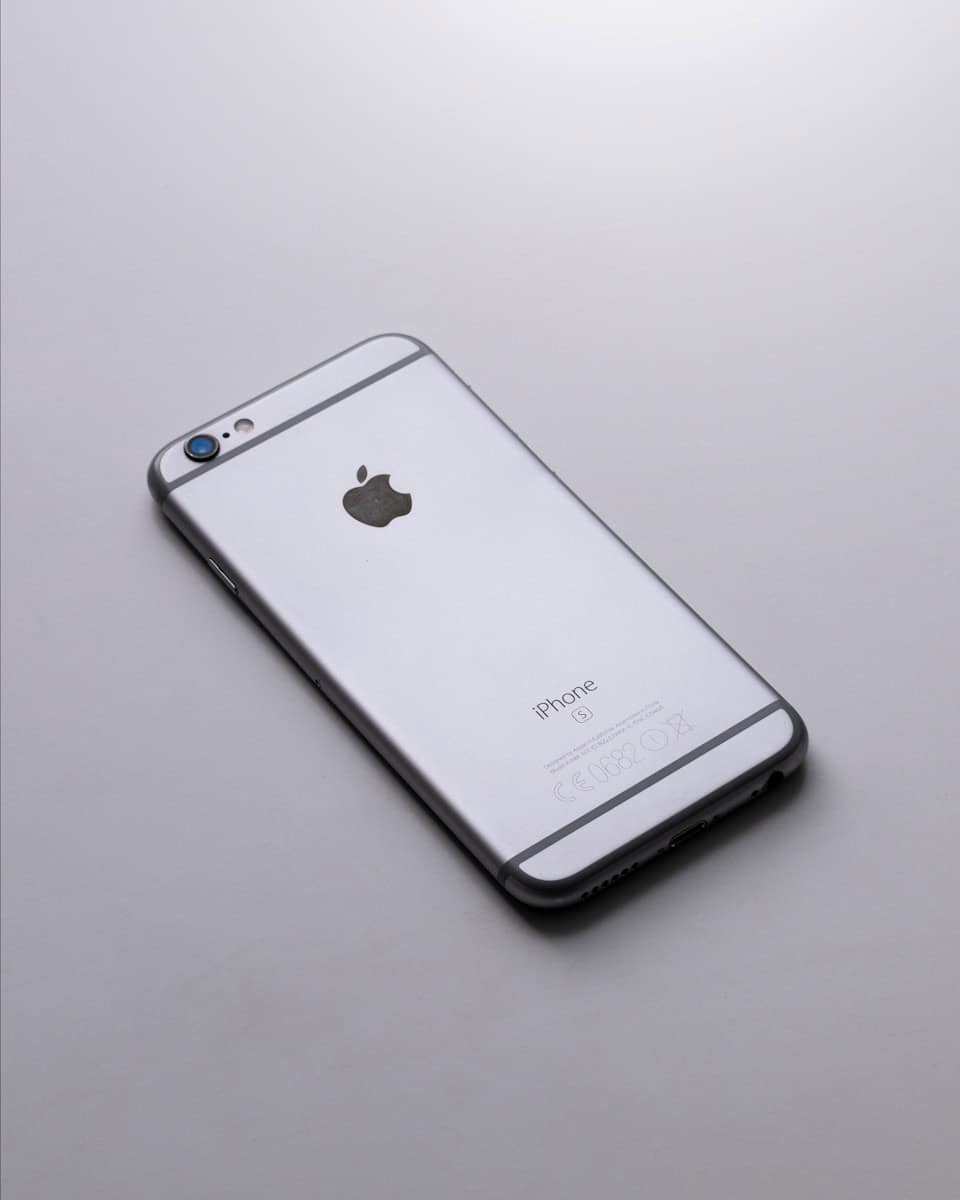When comparing the iPhone 6s and iPhone X, it’s evident that Apple has made significant advancements over the years. The iPhone 6s, released in 2015, set a benchmark in smartphone design with its sleek build and introduction of 3D Touch. In contrast, the iPhone X, which hit the market in 2017, represented a bold step forward, showcasing a new all-screen design and Face ID technology. This comparison examines both devices to inform potential users or upgraders on what to expect from each model.
The design and build quality of both phones reflect the technology and aesthetic standards of their respective release periods. The iPhone 6s maintains the classic look with its aluminum body and 4.7-inch display. The iPhone X moves away from the traditional design to a glass front and back with a stainless steel frame and a 5.8-inch edge-to-edge display. Users considering an upgrade or purchase should note the physical and visual differences as they contribute to the overall experience.
On the technical front, the iPhone X stands out with superior hardware, including a faster processor and advanced cameras compared to the iPhone 6s. This is notable when considering performance in daily use, multitasking, and photography. Deciding which model suits one’s needs will depend on the balance between cost and desire for modern features like improved battery life, camera quality, and display technology provided in the newer iPhone X.
Comparing Apple Classics: iPhone 6s and iPhone X
Design and Display
The iPhone 6s, released in 2015, features a classic design with a home button and thick bezels surrounding its 4.7-inch Retina HD display. The iPhone X, launched in 2017, marked a significant shift with its edge-to-edge Super Retina OLED display and the removal of the home button in favor of Face ID.
Performance and Features
The iPhone 6s is powered by the A9 chip, while the iPhone X boasts the A11 Bionic chip. This translates to a noticeable difference in performance, with the iPhone X offering faster processing speeds and improved graphics capabilities. Both phones support iOS updates, but the iPhone X will likely receive updates for a longer period.
The iPhone X introduced several new features, including Face ID facial recognition, a dual-lens rear camera system with portrait mode, and Animoji. The iPhone 6s, while lacking these features, still offers a capable camera and Touch ID fingerprint recognition.
Battery Life
The iPhone X generally outperforms the iPhone 6s in terms of battery life, thanks to its more efficient chip and larger battery capacity. However, both phones should last through a full day of moderate use.
Price and Availability
The iPhone 6s is no longer sold new by Apple, but you can find it refurbished or used at various retailers. The iPhone X is also discontinued but may still be available through third-party sellers.
Comparison Table
| Feature | iPhone 6s | iPhone X |
|---|---|---|
| Display | 4.7-inch Retina HD | 5.8-inch Super Retina OLED |
| Chip | A9 | A11 Bionic |
| Biometrics | Touch ID | Face ID |
| Camera | Single-lens rear | Dual-lens rear |
| Battery Life | Up to 14 hours talk time | Up to 21 hours talk time |
| Availability | Refurbished/used | Discontinued, limited availability |
Key Takeaways
- Design evolution is significant from iPhone 6s to iPhone X.
- iPhone X has enhanced performance features compared to the iPhone 6s.
- Choosing between the two models depends on user requirements and budget.
Design and Build Quality
The Apple iPhone 6s and iPhone X showcase distinct differences in design and build quality. These differences reflect the evolution of Apple’s design philosophy and the advancements in technology between the two models.
Materials and Aesthetics
The iPhone 6s features an aluminum body, a design choice typical for smartphones when it was released. In contrast, the iPhone X marks a shift with its stainless steel frame and glass back. Both materials are high quality, with the iPhone X’s glass offering an elegant look and enabling wireless charging. The iPhone X’s front sports a near edge-to-edge display, interrupted only by the “notch” that houses front-facing cameras and sensors. This design choice was a departure from the traditional bezels seen in the iPhone 6s.
iPhone 6s:
- Aluminum back
- Standard bezels
iPhone X:
- Stainless steel frame
- Glass back
- Edge-to-edge display with notch
Dimensions and Weight Comparison
The iPhone 6s is smaller in size compared to the iPhone X, which features a larger display in a body only slightly bigger than the 6s due to its edge-to-edge design.
iPhone 6s dimensions:
- Height: 138.3 mm
- Width: 67.1 mm
- Depth: 7.1 mm
- Weight: 143 grams
iPhone X dimensions:
- Height: 143.6 mm
- Width: 70.9 mm
- Depth: 7.7 mm
- Weight: 174 grams
The iPhone X is also heavier and thicker than the 6s. Its glass back and larger battery contribute to this increase. Both models have screens covered by damage-resistant glass, but the iPhone X benefits from a more advanced version. Additionally, the iPhone X offers increased durability with its water-resistant and dustproof features, improvements that are not present in the iPhone 6s.
Technical Specifications and Performance
When comparing the iPhone 6s with the iPhone X, it is clear that they both cater to different generations of smartphone technology. There’s a significant leap in performance and specs from the iPhone 6s to the iPhone X.
Display Technology
The iPhone 6s features a 4.7-inch LED-backlit IPS LCD with a resolution of 750 x 1334 pixels. In contrast, the iPhone X boasts a 5.8-inch Super Retina OLED display, having a resolution of 1125 x 2436 pixels. The higher pixel density of the iPhone X provides sharper and more vibrant visuals.
Hardware and Processing Power
Apple’s iPhone 6s operates on the A9 chipset with a dual-core processor, and it includes 2GB of RAM. The iPhone X, however, is powered by the more advanced A11 Bionic chip with a six-core processor, paired with 3GB of RAM. Benchmark scores reflect this difference: the iPhone X scores 233100 on AnTuTu and 10215 on Geekbench 4, indicating a more robust performance than the iPhone 6s.
Camera Capabilities
The main camera on the iPhone 6s is a 12 MP single lens with phase-detection autofocus and a dual-tone flash, while the iPhone X features a dual 12 MP rear setup that supports optical image stabilization and 4K video recording. Both have a front camera capable of 7MP selfies, but the iPhone X’s TrueDepth camera enables Face ID and advanced portrait mode effects.
Battery and Storage Options
Battery capacity differs significantly, with the iPhone 6s housing a 1715 mAh battery and the iPhone X featuring a larger 2716 mAh battery. The iPhone X also offers more storage options, starting at 64GB, whereas the iPhone 6s comes with various internal storage options but starts at a lower capacity.
Connectivity and Network Features
Both iPhones support LTE networking, but the iPhone X includes enhanced LTE for faster download speeds. It also supports wireless charging and Bluetooth 5.0, which are not available on the iPhone 6s. Both models feature NFC for Apple Pay and use a nano-SIM card.
The compare and contrast of the iPhone 6s and iPhone X in terms of technical specifications and performance show advancements in Apple’s smartphone offerings, with the iPhone X representing a notable improvement in several aspects.







